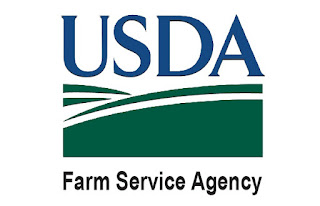When you go for an annual check-up, the doctor often
orders lab tests to check what’s going on inside your body. The results may
suggest you need to take supplements to boost the vitamins and minerals that your
body needs.
It’s the same thing with plants. You test plant tissues,
find if there are any nutrient deficiencies or imbalance and then fix the
problem
 Earlier this month, field scout Carlos Silva headed
into the fields to pick petioles, or leaf stems, for nitrate sampling.Taking
the fifth or sixth petiole from the top of the plant, he collected a total of 50
leaf stems from three different areas of each field. The samples were sent to a
lab for analysis, which involves chemically monitoring the nitrate-nitrogen and
phosphorous content of the cotton petioles.Nitrogen and phosphorous are
essential for healthy plant growth.
Earlier this month, field scout Carlos Silva headed
into the fields to pick petioles, or leaf stems, for nitrate sampling.Taking
the fifth or sixth petiole from the top of the plant, he collected a total of 50
leaf stems from three different areas of each field. The samples were sent to a
lab for analysis, which involves chemically monitoring the nitrate-nitrogen and
phosphorous content of the cotton petioles.Nitrogen and phosphorous are
essential for healthy plant growth.
Finding
the right nitrogen balance can be tricky. If there’s not enough nitrogen, the
fruiting areas and potential yield suffer. Too much nitrogen can lead to excessive
growth, increased problems with diseases, delayed maturity and reduced quality
and yield.
 |
| Here is an example of nitrogen deficiency in a cotton plant. |
Here’s what the BASIC Cotton Manual says: ‘Petiole
analysis will indicate a need for nitrogen about two weeks prior to the
appearance of plant symptoms. If petiole-nitrate application is low during the
first three weeks of bloom, a soil application, a foliar application, or both,
would be recommended. Urea has been found to be an effective and safe source of
nitrogen to apply to a developing cotton plant. Leaf and petiole analyses are
most reliable when moisture and other stress-related factors are not
influencing growth.”
“The lab results are really useful for the growers,”
Carlos says. Growers will use the data to make decisions on future fertilizer
applications.
 |
| Growers are irrigating their cotton fields for the second time. |
Meanwhile
in the field, Carlos reports growers are starting to irrigate their cotton
fields again. The plants are showing 11 to 12 fruiting branches
and pest pressures are in check for now. But Carlos says growers will start
keeping a close eye on aphids as bolls start cracking open in the coming weeks.
He is finding aphid populations in about a quarter of the fields he monitors
weekly
In alfalfa, the plants are about 15 to 18 inches
high. In the next week or two, it will be time to harvest again. While worms
and caterpillars remain a concern, growers have held back on treating their
fields. Their thinking, Carlos says, is why spend money on chemicals when the
next cutting is coming up soon.












